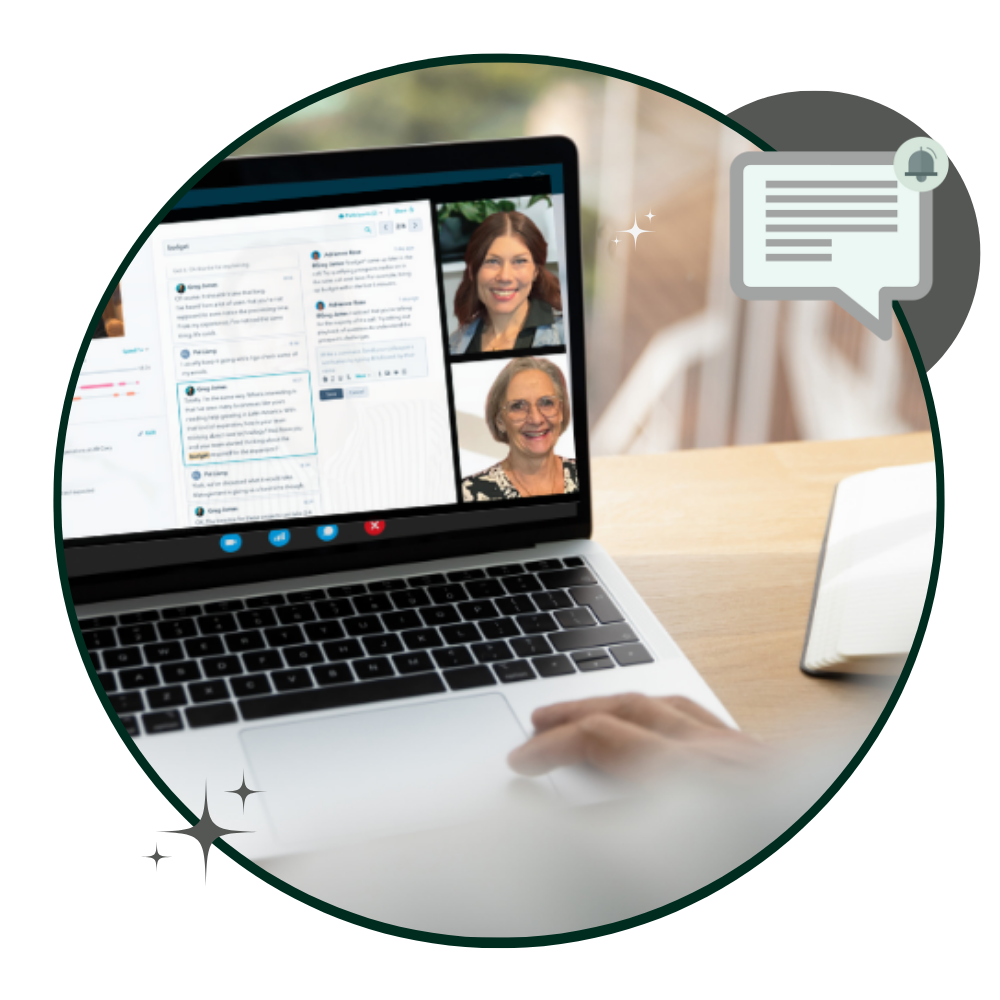Get WISER with Your AI Prompts - A guide for sales managers
Everyone’s wittering on about AI like it’s the second coming. But here’s the rub: if you give it half-baked prompts, you’ll get half-baked answers....
3 min read
 Chris Fell
07/01/2025 12:11:14 PM
Chris Fell
07/01/2025 12:11:14 PM

In 2025, CEOs need software solutions that streamline the customer journey, enhance revenue, and boost customer spend. This blog dives into the key software tools and strategies essential for success.
We recommend having a strategy, a plan and tactics in place around these five key elements:
In 2025, the ability to consolidate data about your customers from your touchpoints will be the cornerstone of maximising revenue. CEOs must prioritise software that offers a single source of truth, integrating all interactions, communications, and data gathered during the customer's journey from stranger to lead to customer. Too often, a company's CRM stops gathering data at "Closed Won." A unified approach provides a comprehensive view of your full customer journey, enabling companies to identify opportunities for upselling and cross-selling more effectively and, just as importantly, defending existing revenue by highlighting potential churn.
A well-designed CRM amalgamates data from marketing, sales, customer success and service so that companies can ensure that every team has access to full information. This alignment drives customer loyalty and increases lifetime value.
In the competitive landscape of 2025, defending your revenue stream and minimising churn will be critical. CEOs need to invest in software tools that enable proactive customer retention strategies. This involves monitoring customer engagement and satisfaction levels and generating a comprehensive health score. By identifying at-risk customers early, teams can promptly address issues and improve satisfaction.
Key actions include personalised outreach, offering tailored solutions, and providing exceptional customer support. Implementing automated workflows that trigger when certain risk factors are detected can also significantly reduce churn rates, ensuring that your installed base remains stable and profitable. For example, if a new customer is using fewer than 25% of the features of your software, your customer success tool can flag this to the relevant person who can reach out to the customer and offer complementary training sessions for users. Or if an NPS is returned with a low score the appropriate senior executive should be automatically alerted and a remediation process triggered.
One of the most critical aspects of the customer journey is the seamless handover between departments. The transition from marketing to sales, and more importantly, from sales to customer success, must be frictionless. CEOs should ensure that their teams are equipped with integrated CRM systems that facilitate this handover by maintaining continuity in customer data and communications. Your software can be the single source of truth around which your teams can align.
Marketing teams need to pass on detailed leads' information to sales, who can then tailor their sales approach based on this data. Once a sale is closed, the customer success team should have complete visibility into the customer's history and preferences to provide a consistent and supportive onboarding experience. This alignment ensures that every interaction is contextually relevant and value-driven, enhancing the overall customer experience.
Smooth onboarding is pivotal in setting the tone for a long-term customer relationship. We think the focus should be on software solutions that streamline the onboarding process, making it as efficient and personalised as possible. Automation can play a key role in efficiently and effectively onboarding new customers through the initial setup, ensuring they quickly realise the value of the product or service they have purchased and, in the case of many SaaS businesses, reducing the time it takes to start earning revenue.
A well-structured onboarding process reduces the time to value and increases customer satisfaction. By providing clear instructions, timely support, and proactive check-ins, companies can significantly enhance the customer's initial experience, laying a strong foundation for future interactions and reducing the likelihood of early churn.
As businesses grow, efficiently scaling revenue operations becomes paramount. CEOs need to invest in software that enables their existing teams to handle increased workloads without the need for additional headcount. Integrating CRM, customer success, and onboarding platforms can create tremendous efficiencies. Automating routine tasks, providing intelligent analytics, and streamlining workflows are essential to achieving scale cost-effectively.
These tools can help teams focus on strategic initiatives rather than getting bogged down by manual processes. By leveraging automation and AI-driven insights, companies can enhance productivity, optimise resource allocation, and drive sustainable growth. Efficiently scaling revenue operations ensures businesses can seize new opportunities and maintain high-performance levels as they expand.
When we work with customers on the challenges highlighted in this article, we recommend a combination of HubSpot (Sales and/or Service Hubs) and Arrows. From the users' perspective, Arrows handles your onboarding process and "lives inside HubSpot." No need to switch tools, all the data is in one place. It's a powerful, elegant, easy-to-use solution.
Use this link if you'd like to book a time to discuss your business's specific situation.
Subscribe to our latest news and updates on HubSpot.

Everyone’s wittering on about AI like it’s the second coming. But here’s the rub: if you give it half-baked prompts, you’ll get half-baked answers....

The business world is falling head over heels for AI—and who can blame it? With promises to reduce grunt work, uncover insights, and turbocharge...

Search is evolving - fast. For two decades, SEO has revolved around Google’s algorithm: keywords, backlinks, metadata, and page speed. But with the...